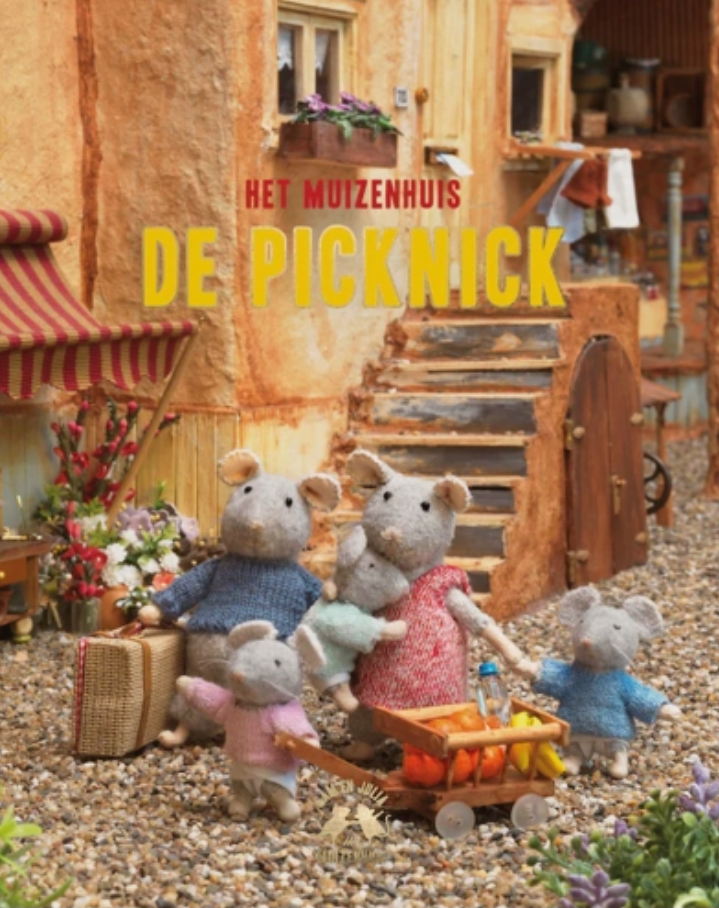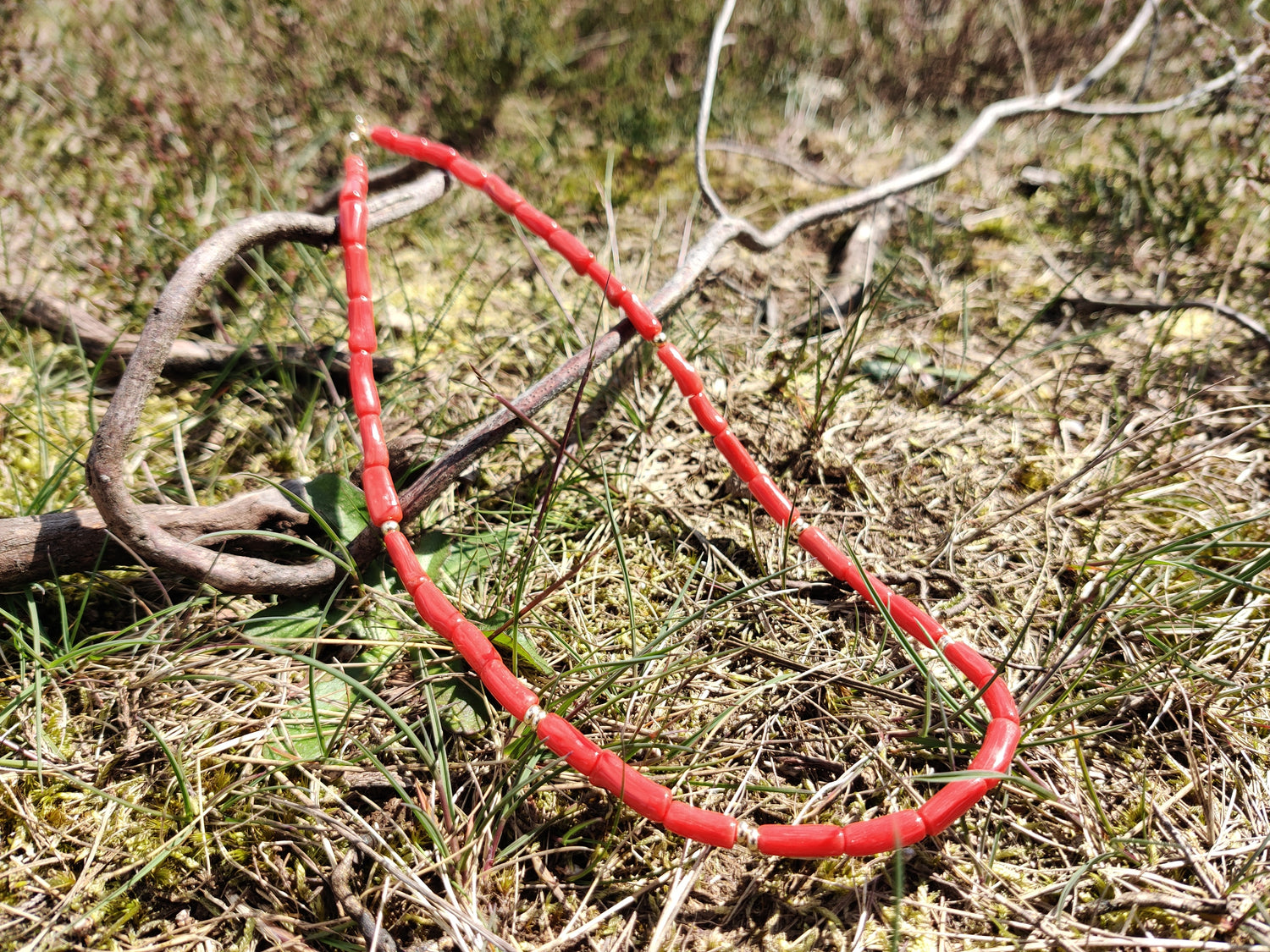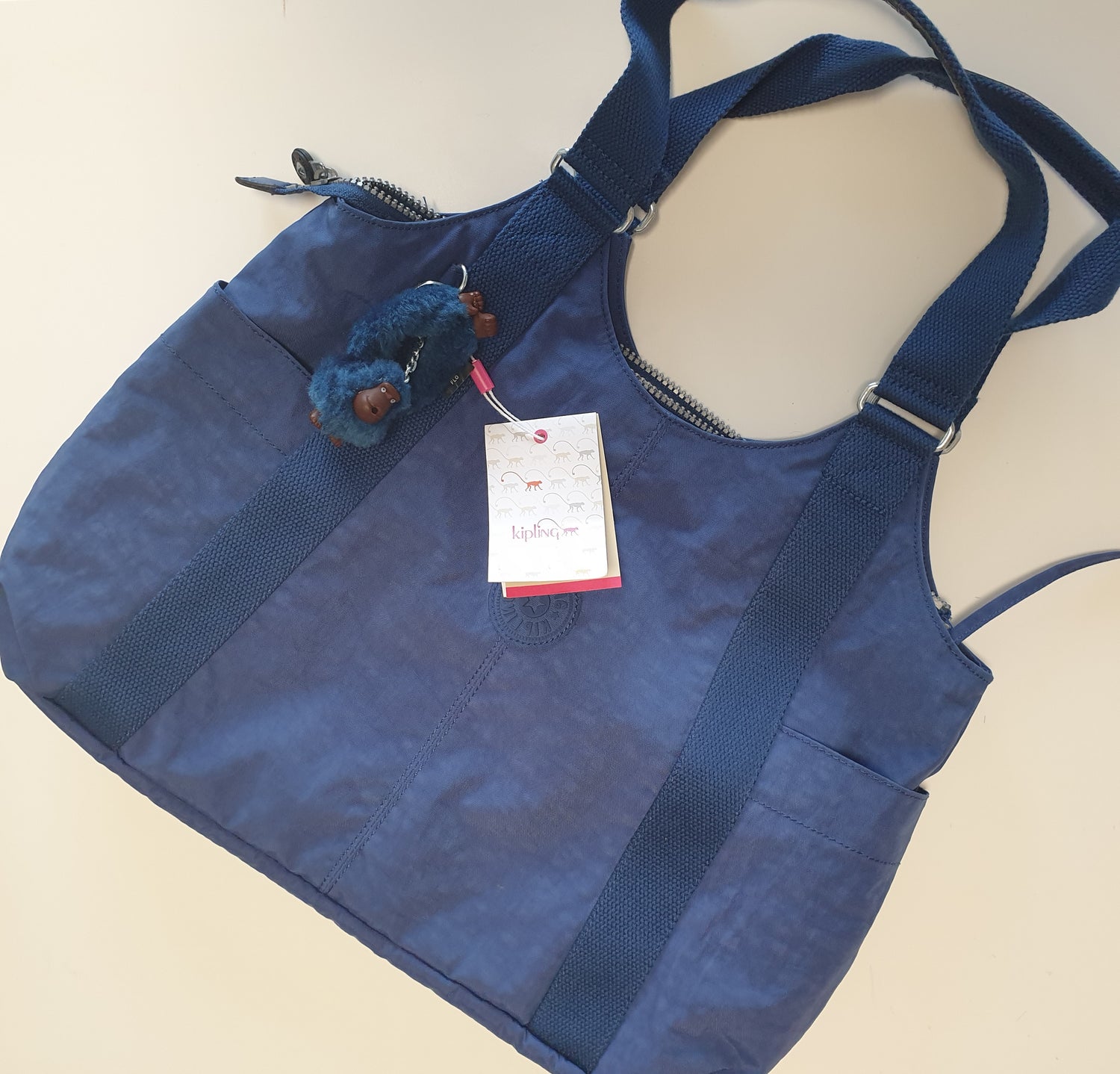Hey there, ceramic connoisseurs and history buffs! Ever wondered where that iconic blue and white pottery originated? Buckle up, because we're about to take you on a whirlwind adventure through the enchanting realm of Royal Delft blue!
🔎 Let's Play Detective
Picture yourself in 17th century Delft, where Dutch artisans are on a quest to replicate the mesmerizing blue and white porcelain from the Far East - China. Can you guess what inspired them to embark on this creative journey? Hint: It involves a lot of cobalt blue and a dash of Dutch ingenuity! ➡️🟩➡️🟩➡️🟩
In the early 17th century, the Dutch East India Company sailed the world's oceans to conduct trades of spices and fabrics. Soon, there was a great demand for Fine and Elegant Chinese porcelain to replace the coarse, heavy pottery found at home. The transition from the Ming dynasty to the Qing Dynasty resulted in a shortage of supply. The Dutch potters seized the chance, and Delft Blue flourished in the 17th century.
🌟 Meet the Masterminds
Step into the world of Joost Thooft, the visionary potter who breathed new life into the Royal Delft factory. But wait, who were his rivals in the cutthroat world of ceramic production? Let's uncover the secrets of the pottery workshops and their fierce competition for artistic supremacy! ➡️🟩➡️🟩➡️🟩
In the mid-17th cnetury, many potters took over vacant buildings from former breweries and canal houses with convenient transportation possibilities. In a short time, Delft becomes home to more than 30 potteries. In the 17th and 18th centuries, competition was fierce, leading to innovations in technique and design as craftsmen sought to distinguish their wares in a crowded marketplace.
David van der pieth gifts a pottery factory to his son Jan, who is admitted to the Guild of St. Luke for artists and craftsmen. "De Porceleyne Fles" ('the Porcelain Bottle') was created in 1653.
🏰 The Royal Stamp of Approval 🏰
Imagine being granted a royal title by none other than Queen Beatrix herself. What do you think earned Royal Delft this prestigious honor? Get ready for a royal revelation as we unveil the crown jewel of Dutch porcelain craftsmanship! ➡️🟩➡️🟩➡️🟩
The Royal Certificate - In recognition of its exceptional craftsmanship and cultural significance, Royal Delft was granted the prestigious title of "Royal" by Queen Beatrix of the Netherlands in 2009. This royal certificate symbolizes the esteemed status of Royal Delft as a custodian of Dutch heritage and a standard-bearer for excellence in ceramic artistry.
🎨 Brushes - Set your Inner Art Lion Free
Ever tried your hand at painting porcelain? It's a delicate dance of brushes and colors, where every stroke tells a story. Can you imagine the Patience and Precision required to create those intricate designs? Let's channel our inner artists and paint the town blue! ➡️🟩➡️🟩➡️🟩
Workshop For Children from 7 years old
Material: Blue Paint
(This allows the painted tile to be brought home directly at the end of the workshop)
Reservation required.

Photo credit: museum.royaldelft.com
Workshop For Adult
Material: traditional black paint (turns blue when fired)
Tile needs to be fired in the factory. After about 2 weeks, finished tile can be collected or sent.
🚀 Blast from the Past, Soaring into the Future
As we journey through the centuries, let's marvel at how Royal Delft blue has stood the test of time. But what does the future hold for this timeless treasure? Join us as we speculate on the next chapter of this dazzling saga! ➡️🟩➡️🟩➡️🟩
🎉✨ Each Royal Delft Blue artist requires close to 10 years of training. The Paint work requires good eye sight and steady hand precision.
===========
Do you know the TWO major techniques used in painting Delft Blues?
And the pros and cons for the two major techniques? Share with us in the Comments.
============
In conclusion, the story of Royal Delft blue is a testament to the enduring power of artistry, innovation, and tradition. From its humble beginnings in the pottery workshops of Delft to its present-day status as a global symbol of excellence, Royal Delft blue stands as a shining example of craftsmanship and cultural heritage.
by Glamorous team with Love




1 comment
Hand painted vs transfer. pros and cons, not sure. Cost of manufacturing? Efficiency?